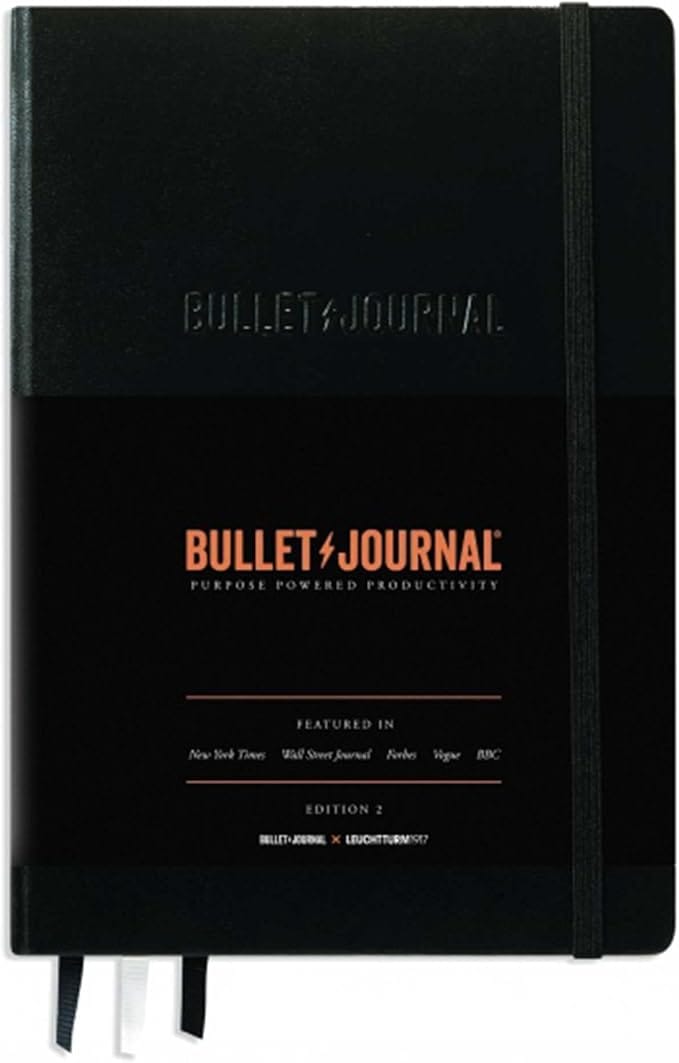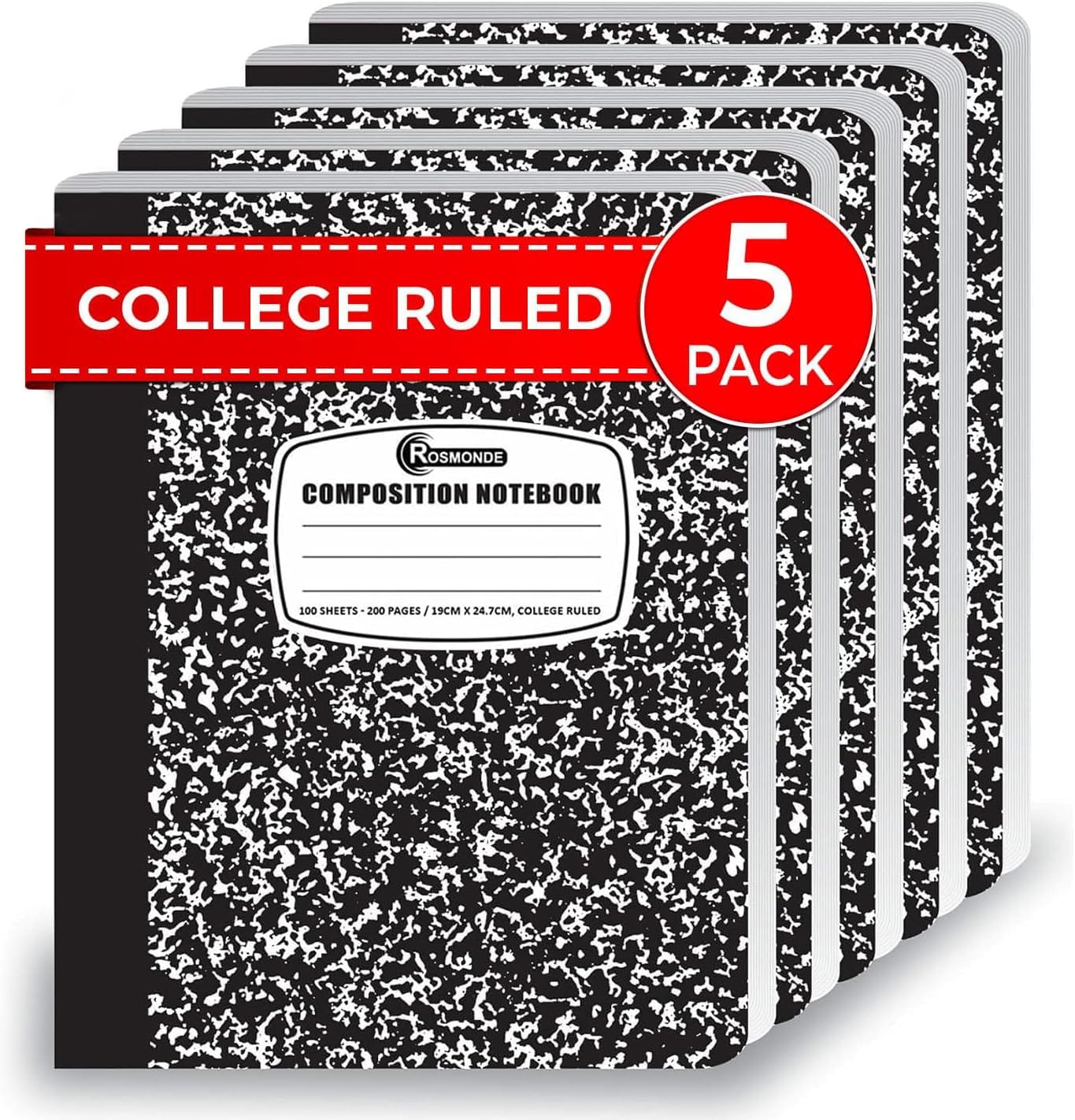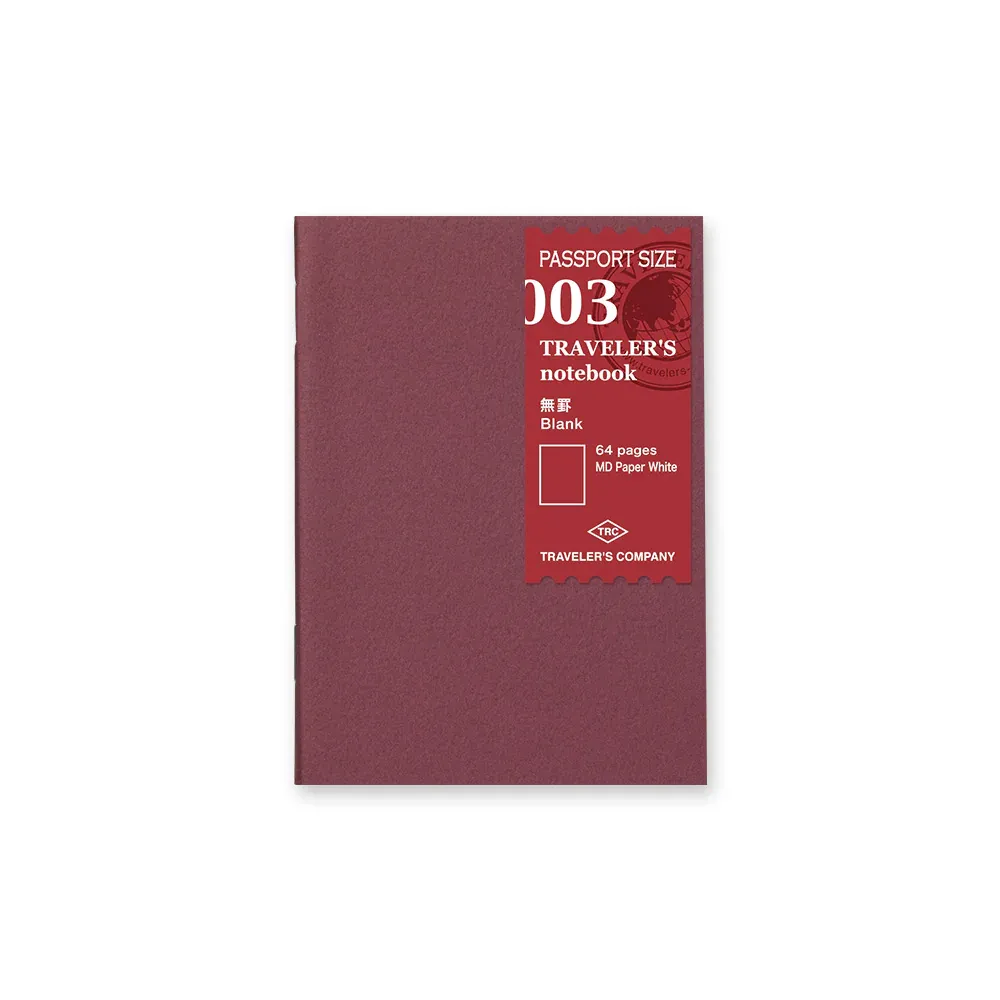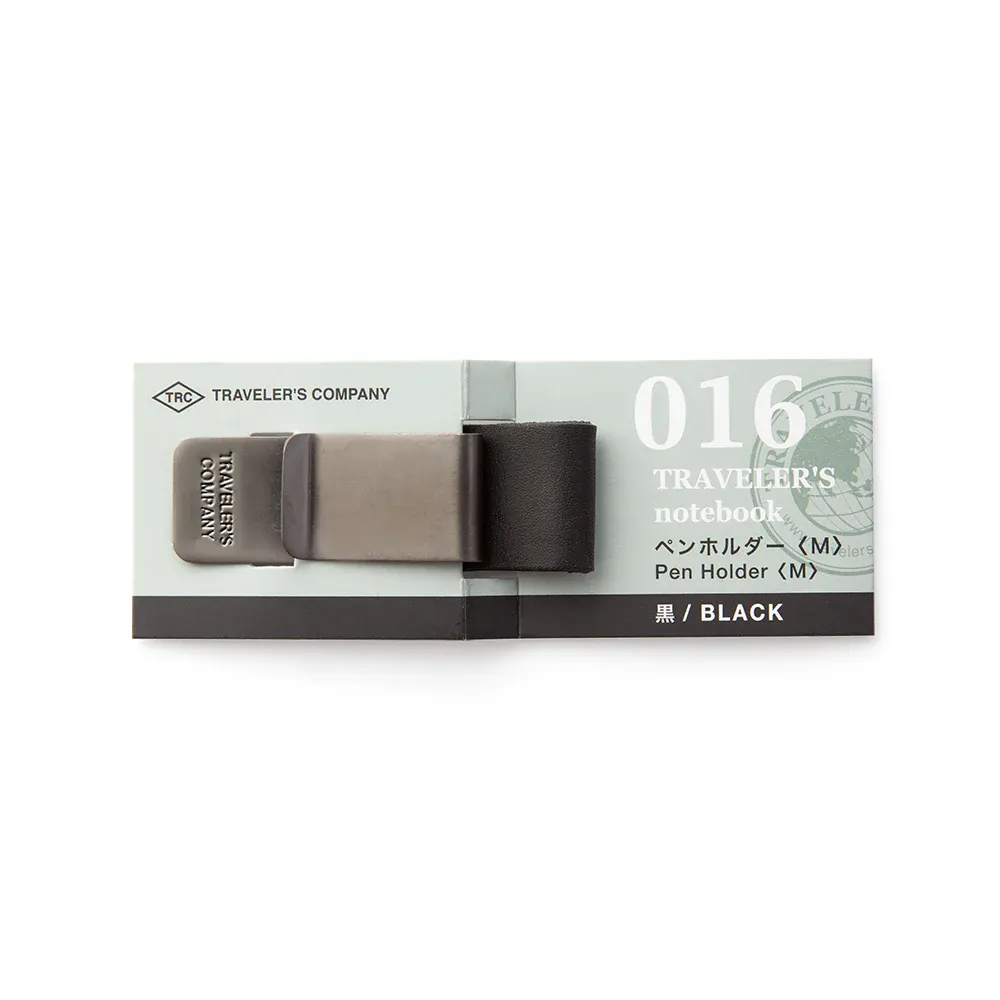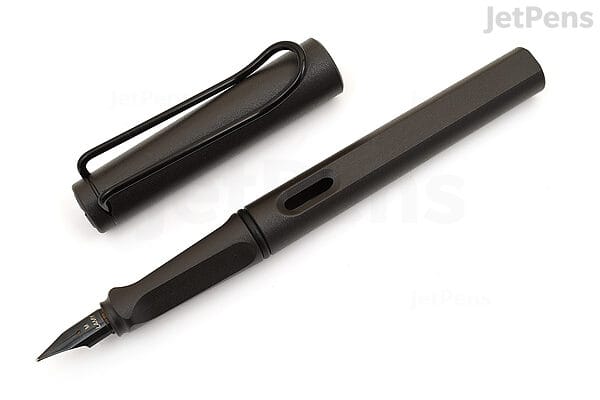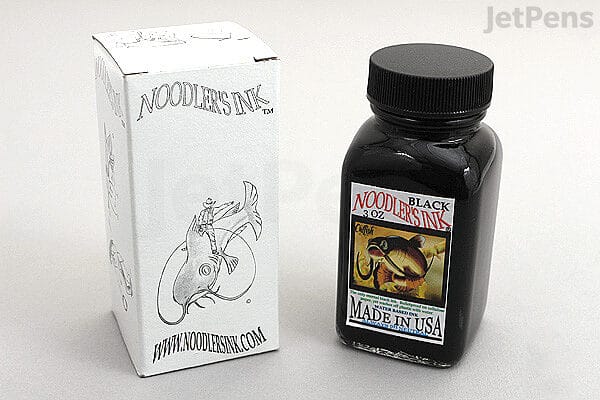Bullet Journaling
I share my thoughts on note-taking, journaling, and digital minimalism.
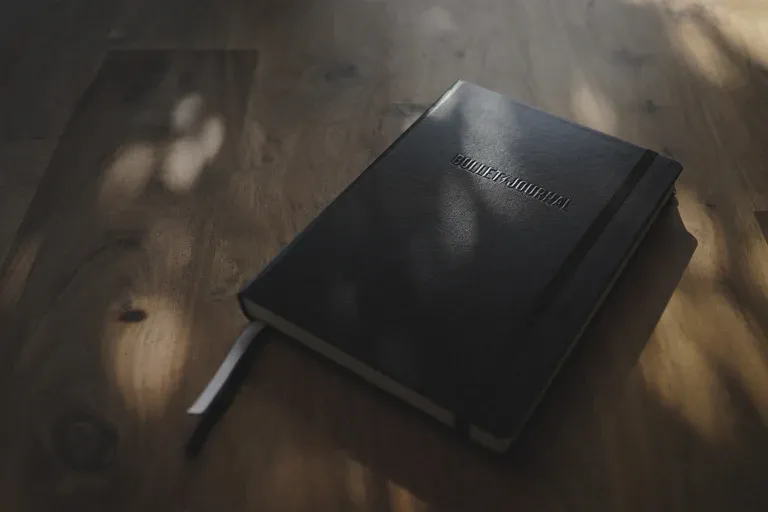
For my first 40 years on this earth, I was terrible at writing things down. In school, everyone always told me it was important to take notes, but no one ever taught me how to take notes. When I would try to write things down, it would always be messy and disorganized. I found little to no value in looking at my notes later on. Fortunately, I remember things very easily and did well enough in school without having to put in too much effort, so I got by despite being a terrible note-taker.
Then there's journaling, which is simply taking notes about your life, right? I've met lots of people who got value out of journaling. It helped them process their thoughts and feelings in the present. They had piles of notebooks chronicling their experiences to reflect on and share later in life. But I always felt silly writing my thoughts and feelings out in prose. I'd read it at a later date, cringe, and throw it away.
When I was younger, I tried paper notebooks, but the blank page can be intimidating. It is up to you to come up with a system for organizing your own scribblings, and I'm back to the fact that I never learned how to take good notes.
Then I tried various desktop and mobile apps like Evernote, Notion, Joplin, Obsidian, and Notesnook, but the apps seemed to always get in the way. Sometimes, they were too prescriptive, and I'd find myself wrestling with it to do what I wanted it to do. Other times, they were very flexible, but required you to be fluent in something like Markdown. The final product can be beautiful, but it's a huge pain in the butt to format it the way you want.
Then there are the problems of browsability and searchability. On one hand, paper notebooks are highly browsable but not easily searchable. Flipping through the pages can be interesting, but trying to find a specific note can be tedious. On the other hand, notes in an app are lost in a pile of files on a device's file system. They are highly searchable but not easily browsable. It's easy to forget that you have notes about a certain topic once your digital notebook reaches a certain size.
Bullet Journaling
A few years ago, I stumbled upon Bullet Journaling (BuJo), a journaling and productivity system developed by Ryder Carroll. This isn't your typical journaling practice like the VOMIT System, gratitude journaling, or prompts, which all try to prescribe what you should write. BuJo is an organizational system meant to guide how you write; to bring some order to whatever you decide to write about. You have the flexibility of pen and paper without feeling totally on your own, and the structure of an app without feeling boxed in by its features.
So, what is the Bullet Journal method? Well, if you want to dive right into the rabbit hole, Ryder wrote a book about it, The Bullet Journal Method: Track the Past, Order the Present, Design the Future. There are also lots of YouTube videos and a Reddit community on the subject. (Be advised, a lot of people go totally overboard with it. They decorate their BuJos with stickers and drawings and use fancy calligraphy. That's nice, but it's not necessary. BuJo, at its heart, is very simple, and you shouldn't make it complicated unless that adds value for you.) If you're still unsure, I'll discuss the highlights below.
Use Any Notebook
There is an official BuJo notebook you can buy if you're so inclined. It is expensive, but in its defense, it is a very nice notebook. It's based on the LEUCHTTERM 1917 A5 dot-grid notebook, which has high-quality paper that won't ghost or bleed with most pens. The dot-grid pages provide a little bit of structure when you want it, but get out of the way when you don't. The pages are numbered (this is important). The first few pages are dedicated to the BuJo symbol key and future log (more on that later). In general, it just makes for a really enjoyable writing experience. And unless you write a lot, one might last you an entire year, which makes the price easier to stomach.
But if you don't care about a fancy notebook, you can use literally whatever you want. A cheap composition notebook will do the trick.
Page Numbers
It is important to number the pages of your notebook. If it didn't come with page numbers, write them yourself. You'll see why in a minute.
Symbology
One of the main features of BuJo is its symbology. Out of the box, it recommends a certain set of symbols to help organize your notes, but you can customize this to meet your needs. When you write something down, put one of these symbols in front to make it more apparent what the thing is.
A bullet (•) indicates an open task. When you complete a task, draw an X over the bullet. If a task is cancelled, strike it through. If a task needs to be rescheduled, transform the bullet into an angle bracket (>) to indicate that it is not completed but has been moved. This notation makes it easy to scan a page and see what open tasks you have left to do or reschedule.
A circle (O) indicates an event. It could be an appointment, a meeting, or going out for lunch. Anything that is going to happen or has already happened that you want to remember.
A dash (-) indicates a note. It's the catch-all symbol for anything you want to record that isn't a task or an event.
These are the core symbols of BuJo. There are other optional ones that I will talk about later. You can also add your own. Some people like to use an exclamation point (!) to indicate an idea or use an asterisk (*) to denote something as important. Don't be afraid to play with different ideas and abandon them if they don't work out.
Append-Only
A key tenet in BuJo is the idea that everything goes in the same notebook and that notebook is append-only. You don't keep separate notebooks for different topics (too cumbersome). You don't try to establish premade sections in your notebook for various topics (you can't predict the future). Whenever you need to write down something new, you flip to the next blank spread in your notebook, write a heading at the top of the page, and write your notes.
If you write about the same topic multiple times in your notebook, use a technique called threading to link them. Next to the page number, write a double angle bracket (<< or >>) followed by the page number of the previous/next instance of this heading. This brings continuity to your notes without having to preplan a certain number of pages for a topic.
The reason behind this is that you cannot predict the future. If you skip ten pages with the intention of using them for a specific topic, how do you know if that is enough or too much? You don't, so don't pretend to. Just use whatever you need right now and lean on threading to connect the pages later. The natural organization of your notebook becomes chronological in terms of when the notes were recorded.
Collections
The basis of BuJo is the concept of collections. A collection is simply a set of pages that share a heading. Whenever you change topics in your notebook, open to a new spread, write a heading at the top, use threading to link to the previous instance of this same heading, and start writing your notes.
Indexing
Since all of your notes are organized chronologically by when you wrote them down, it can be difficult to find a specific note. You have to remember when you wrote it down to determine where in your notebook it might be. To work around this, dedicate the first one or two spreads of your notebook to an index collection. Whenever you create a new collection, record it and its page number(s) in the index. If a collection appears more than once, write all of the page numbers next to it. Between the index and threading, you should have an easier time navigating your notebook.
Rapid Logging
Rapid logging is the secret sauce of BuJo. It is both a journaling method and a productivity tool. It introduces three new types of collections: the future log, the monthly log, and the daily log. It also leans on the symbology we discussed earlier to quickly capture and organize the past, present, and future.
The pages following your index should be dedicated to your future log collection. This is where you plan out the entire year. Events (O) like birthdays and vacations, tasks (•) like paying your taxes or renewing your auto registration, etc. Whenever a new thing pops up on your radar and you don't have another place to put it, it goes here.
Next comes the monthly log collection. This resembles a traditional monthly calendar. At the start of each month, start a new collection for that month's monthly log. Use this to plan out your month as well as tasks that need to be done within this timeframe, but not necessarily on a particular day. Pull in items from your future log so they are top of mind for this month.
Then there's the daily log collection. This is the crux of rapid logging. It's where the productivity tool aspect meets the journaling aspect. At the beginning of each day (or the night before), start a new collection for that day's daily log. Pull items from your monthly log to plan out your day. Then, as the day progresses, jot down the unplanned things you did, thought, or felt throughout the day. If new things pop up, record them in the appropriate collection (daily, monthly, or future log).
Traveler's Notebooks
I use the official BuJo notebook, but it isn't very practical to be carrying it around all the time. Instead, I carry a passport-sized Traveler's notebook. It is a modular notebook system invented by The Traveler's Company (formerly known as Midori) in Japan. The notebook is a leather-bound shell, and there are a variety of inserts you can buy to create your own experience.
Mine serves the dual purpose of a pocket notebook and a wallet. I use it to write stuff down when I'm out and about and don't have my BuJo with me (more on that later).

Traveler's Notebook Leather Cover, Passport-Sized, Black
The leather cover and elastic straps that hold the inserts.
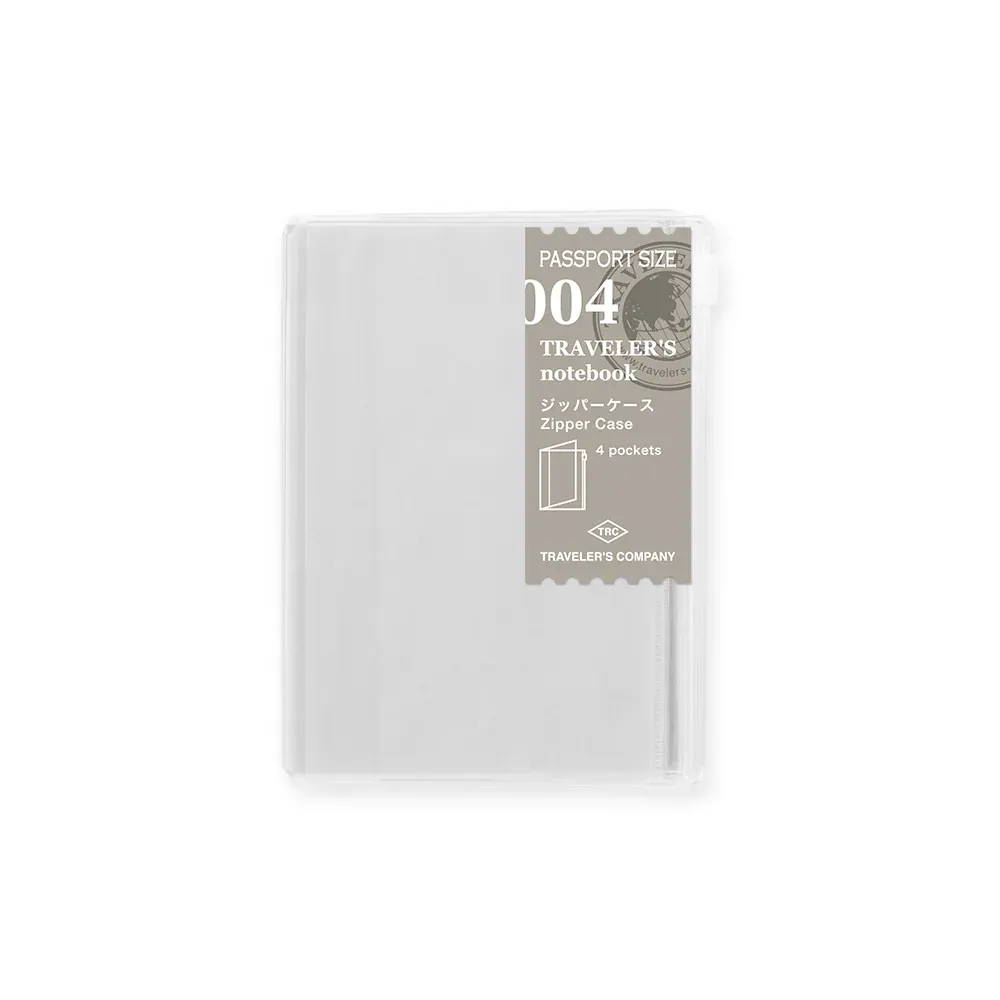
Traveler's Notebook Zipper Case Insert, Passport-Sized
A vinyl zipper case for storing credit cards and cash.
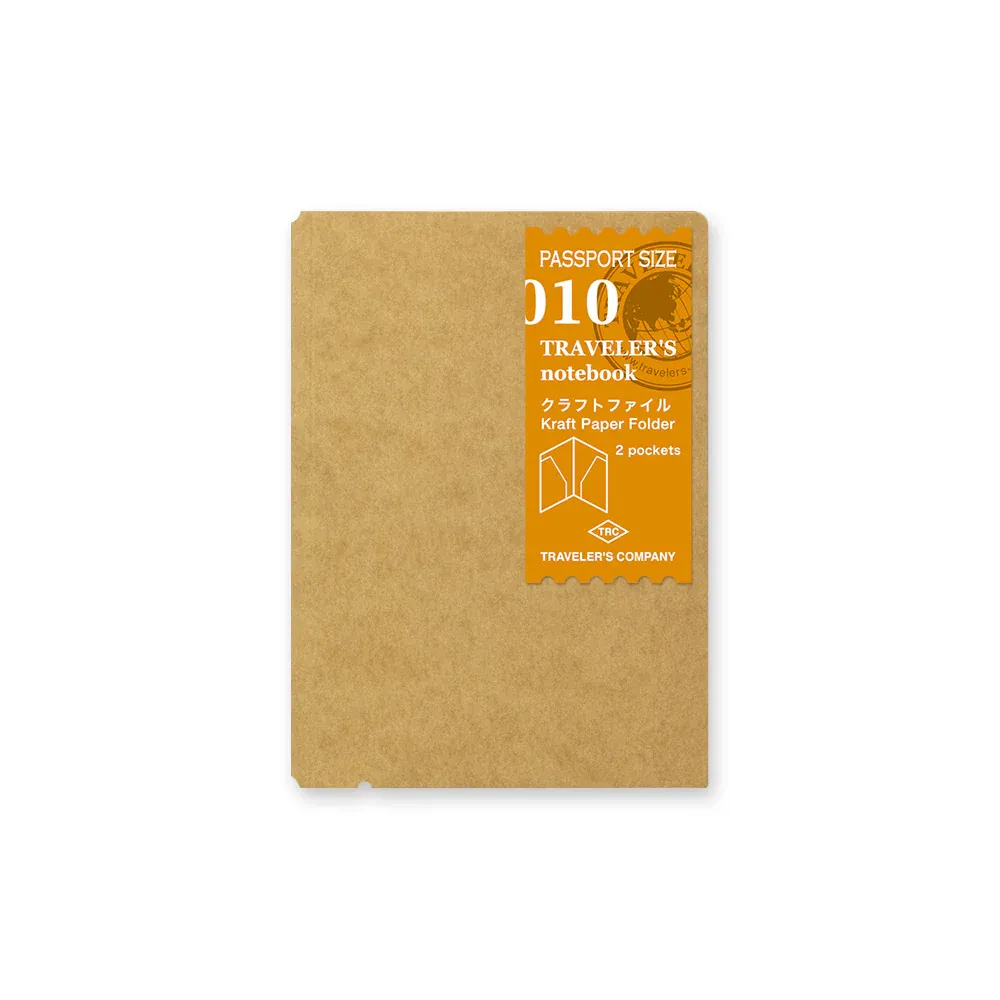
Traveler's Notebook Kraft Paper Folder Insert, Passport-Sized
A cardboard folder for holding receipts, business cards, and other scraps of paper.
Fountain Pens
The online BuJo community has lots of influencers who might make you feel like you're not BuJo-ing the right way if your notebook isn't a work of art. Don't listen to that noise (unless that makes you happy).
But there is one superfluous thing that I found I really enjoy, so I will share it with you, and that thing is fountain pens. They don't have to be expensive. I use a LAMY Safari, which is a great starter pen and costs around $30. It's super sturdy and really ergonomic to hold. By default, it uses disposable ink cartridges, which, from an environmental perspective, is already a step up from an entirely disposable pen. You could also buy a converter so it can use bottled ink instead of cartridges. I would recommend doing this for two reasons. First, it further reduces waste since the ink comes in a recyclable glass bottle. Second, it allows you to buy different kinds of ink that aren't available in cartridges. Again, the online community will go on and on about colors, shimmer, and sheen. I'm not here for that. The reason I recommend you use bottled ink is that standard fountain-pen ink isn't waterproof. Wait. Why do you need waterproof ink? Do you plan on writing in the rain or in a pool? No, nothing that niche. Standard fountain-pen ink will run and smear if it encounters even the tiniest bit of moisture. A drop of water on the table, a sweaty hand, or a tear is enough to ruin your notes. But if you use bottled ink, then that opens the door to using inks like Noodler's Black, which is permanent on paper but washes off most surfaces (including your hands).

LAMY Z 28 Fountain Pen Converter
Converts the LAMY Safari from using disposable cartridges to using bottled ink.
Physical Photos
Another thing that I have rediscovered in recent months is printing out photos on actual paper. Many of us take a lot of photos on our phones. Some of those photos get posted to social media, but I bet most of them never get looked at again. I've been using the photo printer below to print photos and stick them in my BuJo. Now, when I flip through my BuJo, I can see images from special days in my past, not just words.
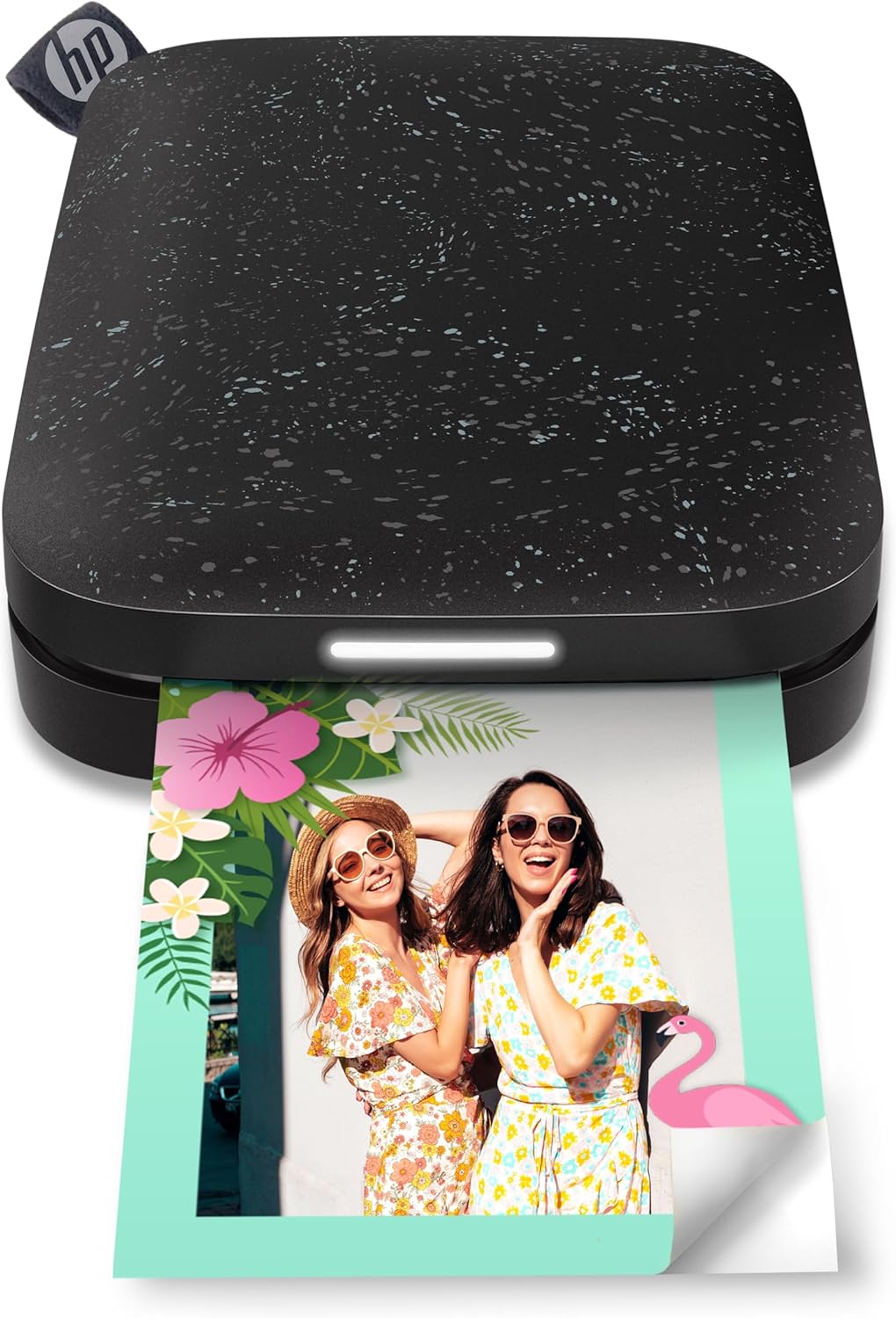
HP Sprocket 2"x3" Photo Printer
Inkless, Bluetooth photo printer that prints 2"x3" stickable photos.
Digital Minimalism
Ray, aren't you a technologist? Why are you messing around with all this low-tech stuff? That's a valid point. But I, and many other people, have been discovering that technology has permeated every aspect of our lives, and it isn't always a good thing. In 2016, I left social media, and it was one of the best decisions I have ever made for my mental health and my relationships. In 2023, I joined the volunteer fire department because I wanted to get out in the world and do something physical rather than continue to get fat and frail from sitting at my desk all day. I play fewer video games and prefer to play board games with my friends and family. Paper notebooks and physical photos are a natural extension of that mindset. I'm not anti-technology (I still work as a software engineer and own an electric car, a smartphone, and Wi-Fi-controlled light bulbs), but I think we could all stand to rethink the role of technology in our lives. It should enhance us, not enslave us.
That being said, I think smartphones have gotten a bad rap. They aren't what's wrong with today's technology landscape. I think one layer deeper than that is social media; smartphones are just the delivery mechanism. But I think even social media has been treated unfairly. One layer deeper still is the advertising-based revenue model that companies like Google, Meta, and X have embraced in the last 10-20 years. It creates perverse incentives that are not in alignment with human flourishing. But regardless of what the root cause of our malaise is, it's clear that the main thing that keeps us constantly connected to our big-tech overlords is the smartphone, and many people (myself included) are trying to reduce the amount of time and attention they allow this device to consume.
So whenever I am bored, rather than reach for my phone, I occasionally reach for my Traveler's notebook. I either sit with my thoughts for a while and write down anything interesting, or I flip through my past notes for something that I might want to continue thinking about. Later on, I will distill my notes and transfer the parts worth keeping to my BuJo, and things from my BuJo that I want to share with others end up on this blog.
Posterity
Maybe it's because I'm in my 40s now, but I have been contemplating my mortality lately (Memento Mori) and how I will be remembered. When I pass, there is no guarantee that digital artifacts will be preserved or accessible. Cloud storage companies can go out of business. File formats can be deprecated. The most accessible thing for my descendants will be physical notes and photos. You only need eyeballs to be able to consume it. No passwords, no software licenses, no subscriptions, no special devices. Digital backups are useful, but I don't want that to be plan A. When I go, I want to leave behind a pile of notebooks full of my thoughts, pictures, and records of a life well-lived.
